Description
Mandelic Acid: The Gentle Giant of Chemical Exfoliation
In the ever-evolving world of skincare, chemical exfoliants have become indispensable tools for achieving a radiant and healthy complexion. While well-known acids like glycolic and salicylic often take center stage, mandelic acid is quietly gaining recognition for its gentle yet effective approach. This alpha-hydroxy acid (AHA) offers a unique set of benefits, making it a particularly appealing option for those with sensitive skin or those new to chemical exfoliation.
What is Mandelic Acid?
Mandelic acid is derived from bitter almonds, giving it its name (from the German word “Mandel,” meaning almond). As an AHA, it works by loosening the bonds between dead skin cells on the surface, allowing them to shed more easily. This process reveals fresher, brighter skin underneath.
Why Choose Mandelic Acid?
Mandelic acid stands out from other AHAs due to its larger molecular size. This means it penetrates the skin more slowly, leading to less irritation and a gentler exfoliating action. Here’s a breakdown of its key benefits:
- Gentle Exfoliation: Ideal for sensitive skin, rosacea-prone skin, or those new to chemical exfoliants. The slower penetration minimizes stinging, redness, and inflammation.
- Acne Fighter: Mandelic acid possesses antibacterial properties that can help combat acne-causing bacteria. Its exfoliating action also prevents clogged pores, a major contributor to breakouts.
- Hyperpigmentation Reduction: It can effectively fade dark spots, sun damage, and post-inflammatory hyperpigmentation (PIH) from acne or other skin injuries. By promoting cell turnover, it helps to distribute melanin more evenly.
- Wrinkle Reduction: Like other AHAs, mandelic acid can stimulate collagen production, leading to improved skin elasticity and a reduction in the appearance of fine lines and wrinkles.
- Improved Skin Texture: By removing dead skin cells, mandelic acid contributes to a smoother, more refined skin texture.
How to Incorporate Mandelic Acid into Your Routine:
Mandelic acid is available in various forms, including:
- Cleansers: Gentle enough for daily use, cleansers containing mandelic acid provide a mild exfoliating effect.
- Toners: Use a mandelic acid toner after cleansing to prepare the skin for subsequent products.
- Serums: Serums offer higher concentrations of mandelic acid for more targeted treatment. Start with a low concentration and gradually increase as tolerated.
- Peels: Professional mandelic acid peels offer a deeper exfoliation and are best performed by a trained aesthetician or dermatologist.
Important Considerations:
- Start Slow: Begin with a low concentration and limit use to a few times per week to assess your skin’s tolerance.
- Sun Protection: AHAs increase your skin’s sensitivity to the sun. Always wear broad-spectrum SPF 30 or higher during the day, even on cloudy days.
- Patch Test: Before applying a mandelic acid product to your entire face, perform a patch test on a small area to check for any adverse reactions.
- Avoid Over-Exfoliation: Combining mandelic acid with other potent exfoliants (like retinoids or other AHAs/BHAs) can lead to irritation. Use them on alternate days or weeks.
- Consult a Professional: If you have underlying skin conditions or concerns, consult with a dermatologist or licensed esthetician before incorporating mandelic acid into your routine.
The Verdict:
Mandelic acid offers a gentler alternative to more potent chemical exfoliants without sacrificing efficacy. Whether you’re battling acne, seeking to fade hyperpigmentation, or simply aiming for smoother, more radiant skin, mandelic acid might be the missing piece in your skincare puzzle. By understanding its benefits and using it responsibly, you can unlock the potential for a healthier, more vibrant complexion.

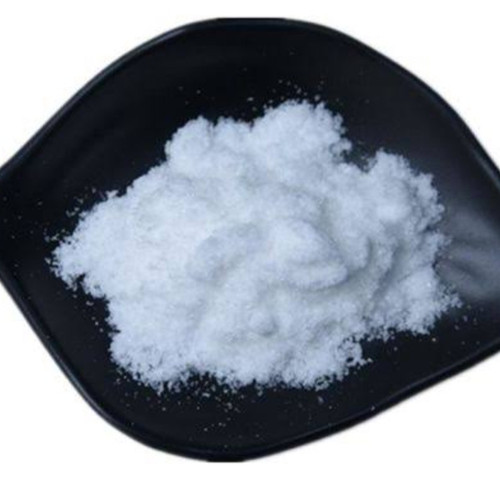
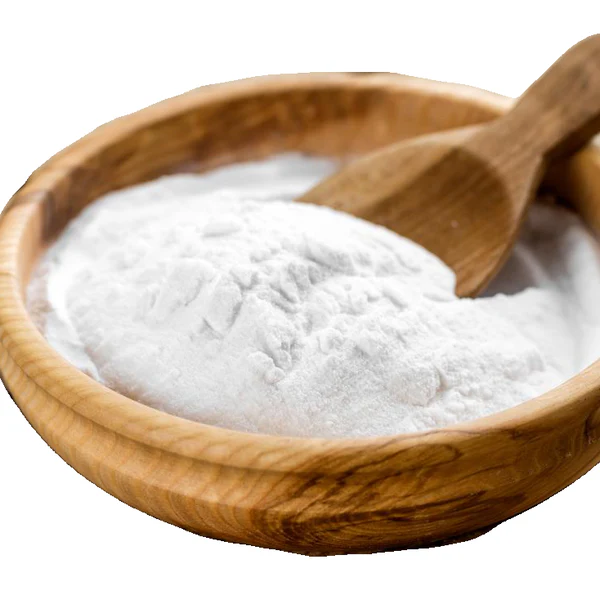
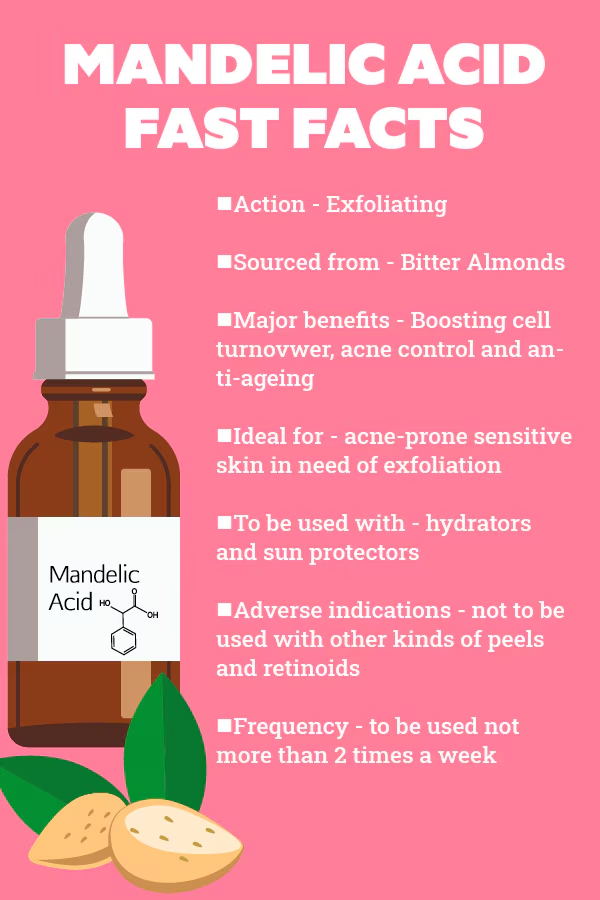

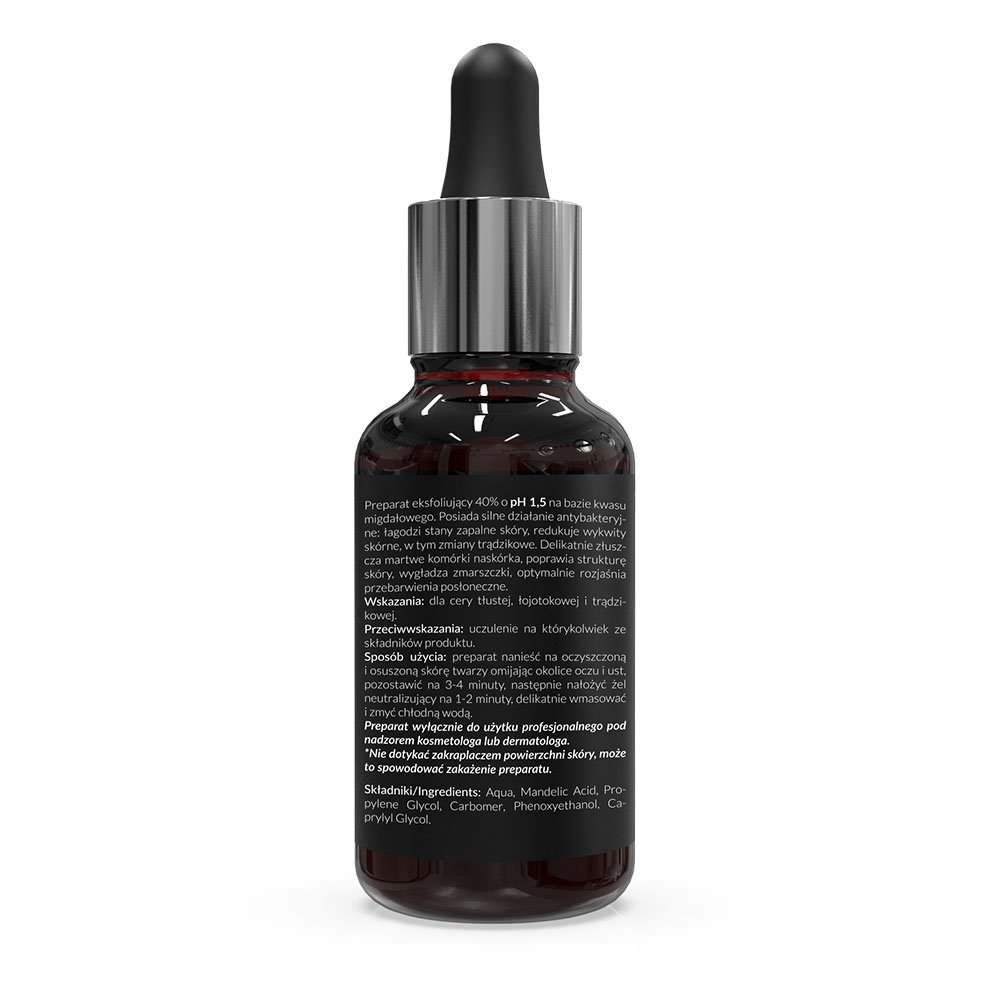
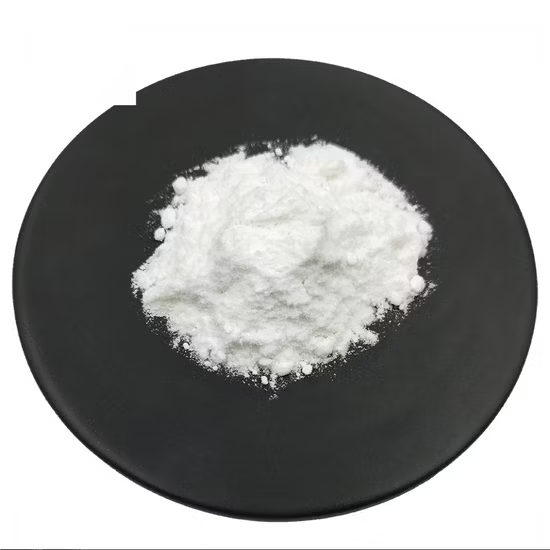
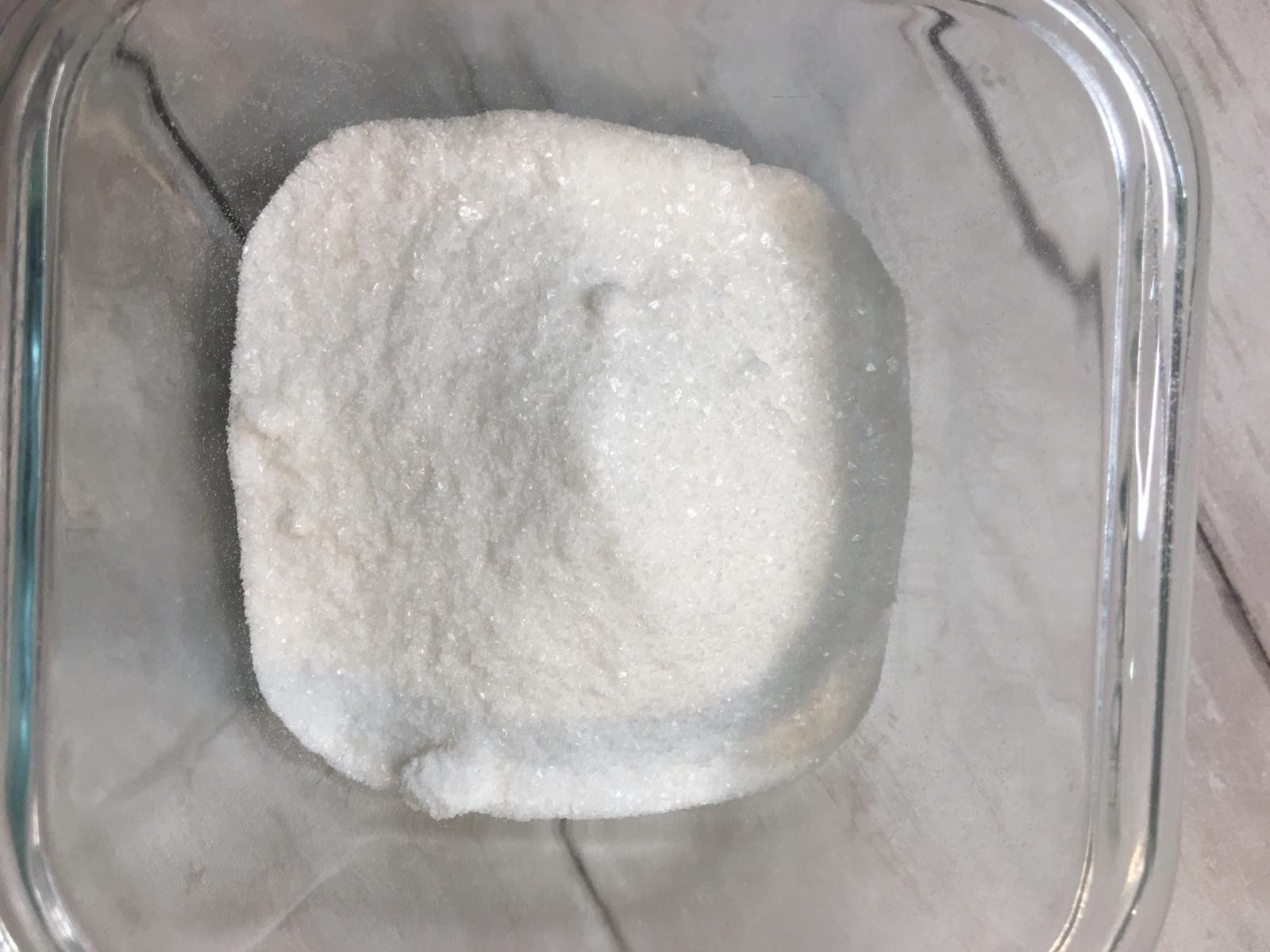
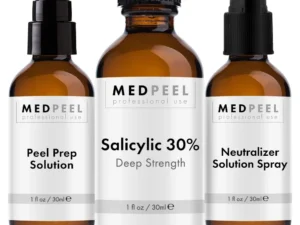


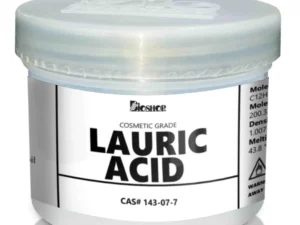
Reviews
There are no reviews yet.